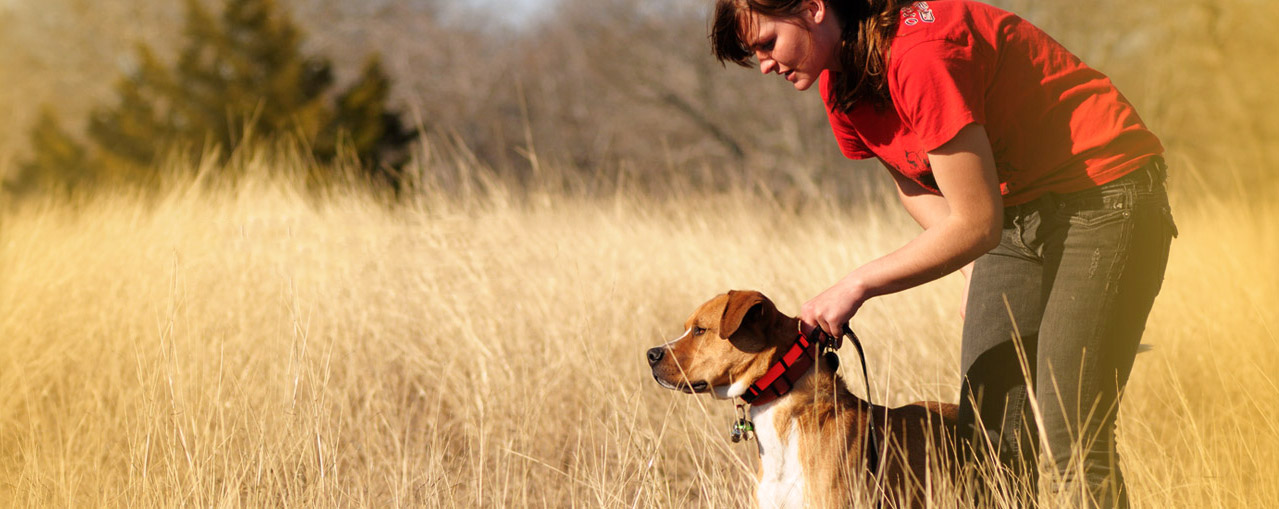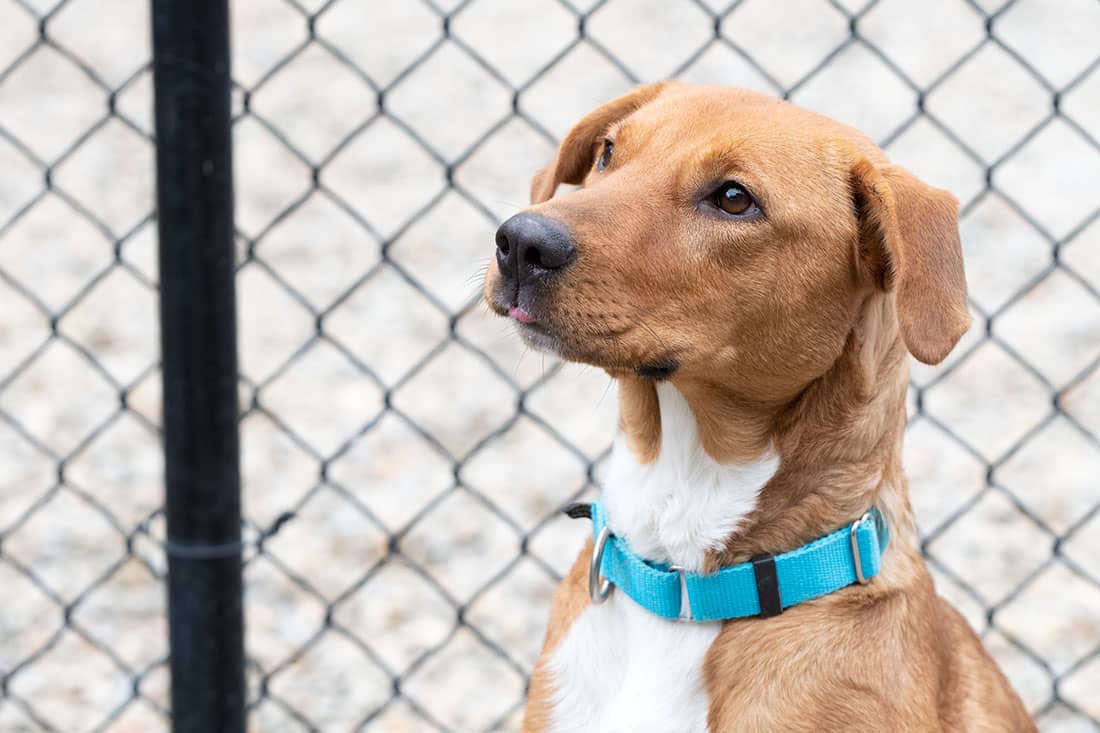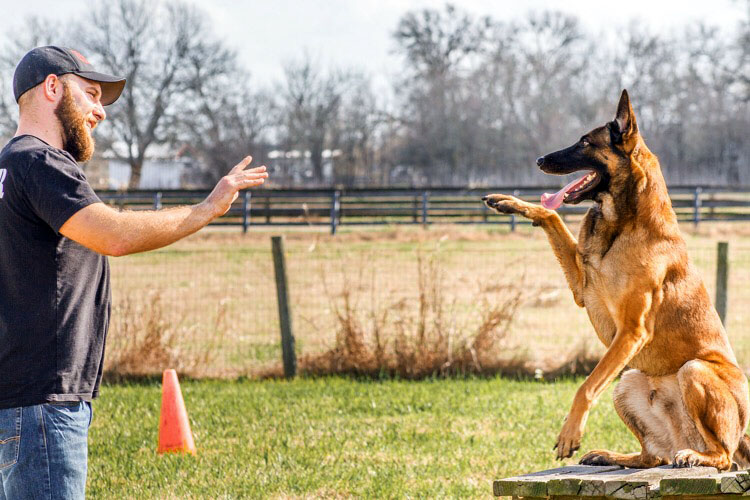The Ultimate Guide to Positive Support in Dog Training
Wiki Article
Vital Tips for Effective Dog Training: An Overview for Pet Owners
Effective pet dog training is a multifaceted procedure that requires a critical technique tailored to both the animal's character and the proprietor's goals. Key elements such as developing consistent commands, using favorable reinforcement, and assisting in very early socializing play essential functions in promoting a well-adjusted canine buddy. Many pet proprietors run into difficulties that can impede development, leading to disappointment and uncertainty. Understanding how to navigate these obstacles can significantly boost the training experience, inevitably changing the relationship between proprietor and pet. What are the essential approaches that can be employed to guarantee success in this endeavor?Understanding Dog Behavior
Understanding canine behavior is vital for efficient training and promoting a harmonious connection between pooches and their proprietors. dog training. Dogs communicate mainly via body language, articulations, and actions, making it vital for owners to interpret these signals accurately.
Socialization plays a significant role in pet habits; exposure to different environments, people, and other pets can significantly influence a canine's temperament. Aspects such as type characteristics and individual character must lead training techniques, as some breeds might have specific behavioral qualities that require customized approaches. By recognizing these components, proprietors can develop a supportive environment that motivates positive habits, leading to successful training end results and a much deeper bond with their animals.
Developing Constant Commands
Reliable communication with your dog begins with establishing constant commands. This foundational aspect of training is essential for cultivating understanding between you and your pet dog. Consistency in the commands you utilize ensures that your dog can accurately associate certain words or phrases with the desired behaviors.When picking commands, choose clear, distinct words that are very easy to say and distinguish from one an additional. Avoid utilizing similar-sounding commands that might confuse your pet dog. As an example, making use of "rest" and "stay" is proper, yet "rest" and "struck" might bring about misconceptions.
In addition, keep the exact same tone and quantity for each command. Pets are delicate to vocal hints, so varying your tone can produce complication.
It is just as vital to make certain that all household members are on the exact same page concerning the commands used. A united front in command use will certainly prevent combined signals and strengthen the learning procedure.
Favorable Reinforcement Methods
The power of positive reinforcement in dog training depends on its capability to encourage desired habits through incentives and appreciation. This technique is based in the concept that behaviors adhered to by positive outcomes are more probable to be repeated. By integrating positive support into your training program, you can successfully shape your pet dog's behavior in a positive way.To apply favorable reinforcement, it's necessary to determine what motivates your canine, whether it be treats, toys, or spoken praise. When your pet does a preferred activity, such as resting on command, immediately award them with a reward or love. This association in between the command and the favorable outcome reinforces their understanding.
It's important to timing the benefits correctly; providing the support within seconds of the preferred habits assists your dog make the link (dog training). Furthermore, consistency is key-- make sure that all member of the family utilize the very same commands and benefit systems to prevent confusion

Progressively, you can decrease the regularity of treats as your pet learns the habits, transitioning to praise or intermittent rewards. This method not only promotes a solid bond between you and your dog however also advertises a favorable knowing environment, making training a pleasurable experience for both.
Socialization and Communication
Consistently revealing your canine to a range of atmospheres, individuals, and various other animals is vital for their social advancement. Socializing needs to start early, preferably throughout the critical window of 3 to 14 weeks, when puppies are most receptive to new experiences. Nevertheless, older canines can also take advantage of ongoing socialization efforts.Introduce your canine to different setups, such as parks, pet-friendly shops, and city locations. This exposure helps them adapt to different stimulations, lowering anxiousness and concern actions. Motivate favorable communications with other canines and people, ensuring that these experiences are controlled and secure to cultivate confidence.
Make use of organized playdates with well-mannered pets, as this can improve your dog's social abilities and instruct them appropriate actions. Obedience classes and training sessions additionally provide outstanding opportunities for socializing, allowing your pet dog to communicate with others in a monitored environment.
Display your canine's visit our website body movement throughout communications, as this will certainly aid you gauge their convenience level. Slowly increase direct exposure to more difficult scenarios while making sure that each experience declares. A well-socialized dog is much more likely to show balanced habits, making them a pleasure to have in any kind of setup.
Resolving Common Training Obstacles
Every dog owner will certainly come across training obstacles eventually, despite their pet's age or socializing level. Identifying common problems such as stubbornness, disturbances, and fearfulness can assist in establishing efficient approaches for improvement.
Slowly introduce interruptions as the canine becomes more skilled in commands. Short, constant training sessions are likewise efficient in maintaining attention.
Terror can prevent a dog's knowing process. Steady desensitization to the resource of worry, matched with positive reinforcement, can help reduce anxiety. Perseverance is vital; never compel a pet dog into a situation that creates distress, as this may aggravate the issue.
Eventually, understanding and addressing visit this site these usual difficulties with a structured technique will cultivate an extra efficient training experience, reinforcing the bond between dog and proprietor while promoting reliable knowing.
Conclusion
In recap, successful pet dog training counts on an extensive understanding of canine behavior, the facility of regular commands, and the application of favorable reinforcement strategies. Socializing plays a vital role in creating well-adjusted animals, while resolving common training difficulties requires perseverance and adaptability. By carrying out these important approaches, animal proprietors can foster a solid bond with their pet dogs and advertise desirable habits, eventually read leading to a harmonious partnership in between humans and their canine buddies.Recognizing dog habits is crucial for effective training and promoting an unified partnership in between canines and their owners.Socializing plays a substantial role in canine habits; exposure to numerous settings, individuals, and other animals can considerably affect a pet's temperament.The power of positive support in pet training lies in its capability to encourage desired behaviors with benefits and praise. By incorporating positive reinforcement right into your training program, you can efficiently shape your dog's behavior in a constructive manner.
In summary, effective dog training depends on a thorough understanding of canine habits, the facility of consistent commands, and the application of positive support strategies.
Report this wiki page